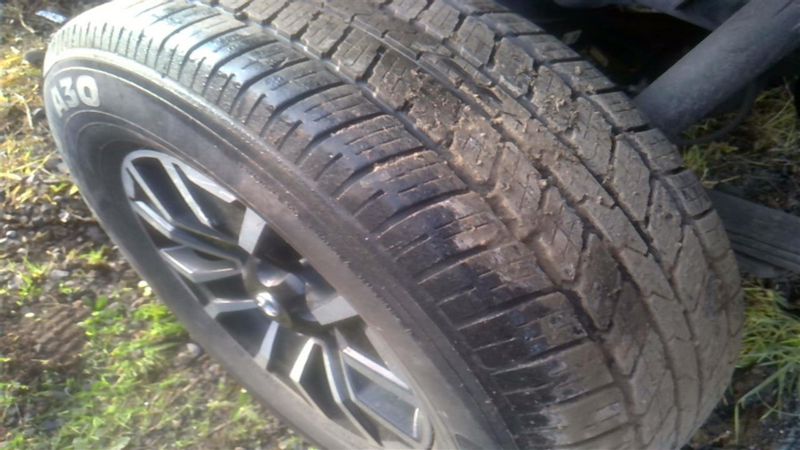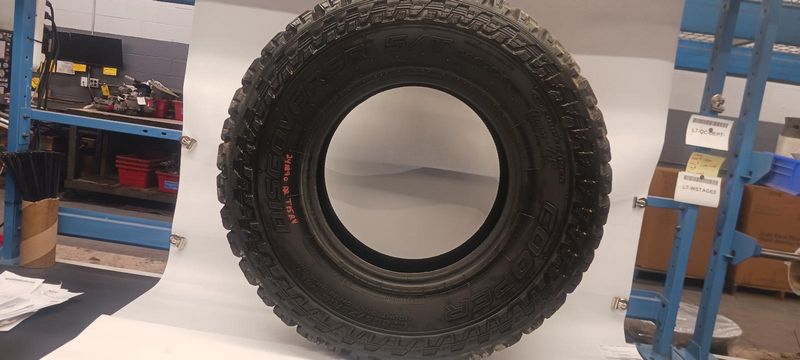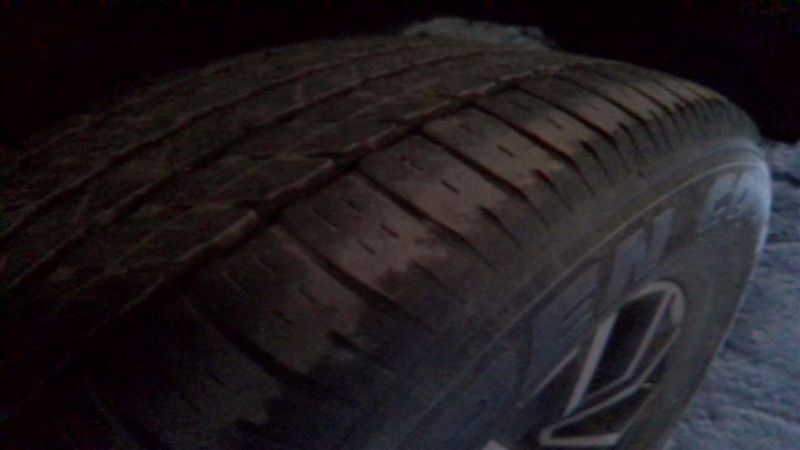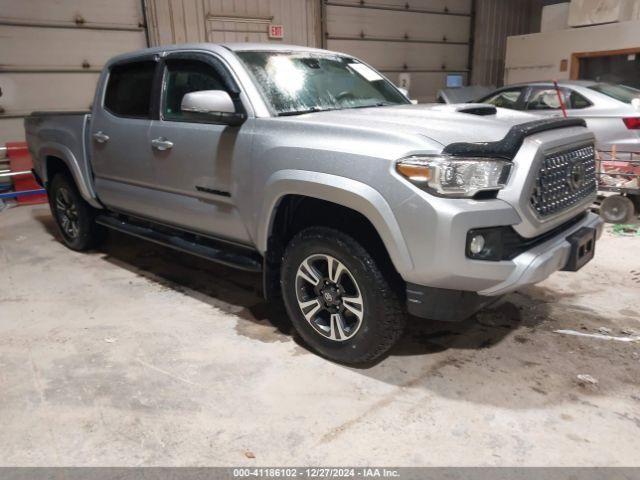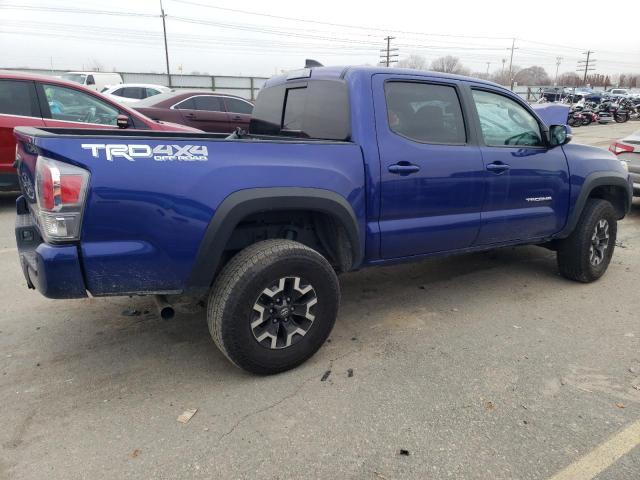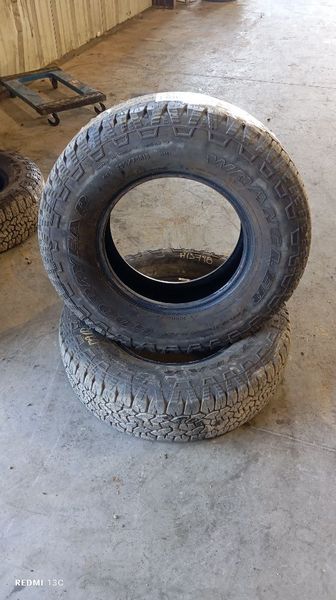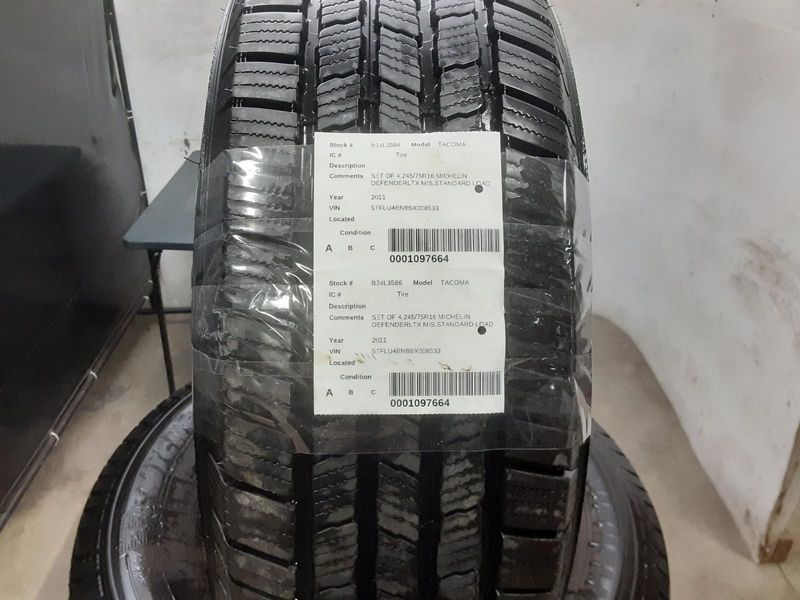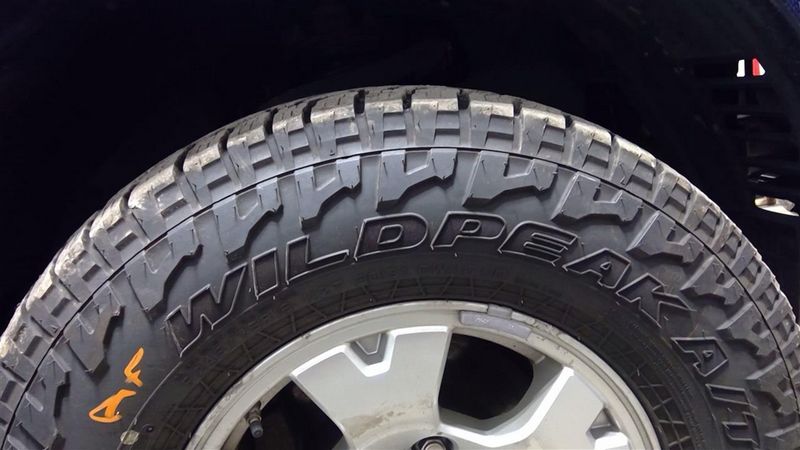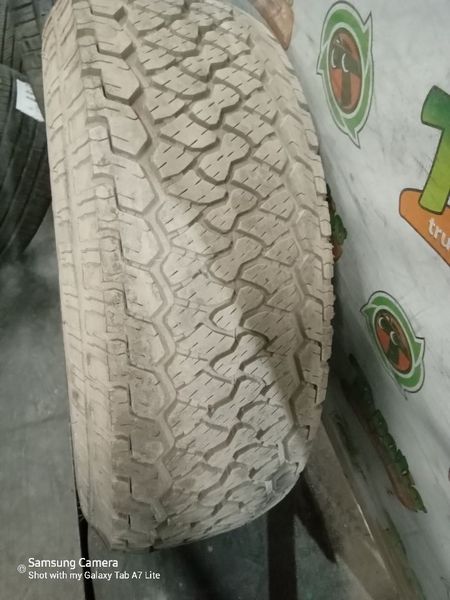Tire
Your Tires: The Unseen Factor in Vehicle Safety
Most drivers think about horsepower, fuel economy, or the quality of their sound system when they consider their vehicle's performance. But the real measure of your car's safety and capability hinges on something far more fundamental: four patches of rubber, each no larger than the palm of your hand.
These are the only points of contact your vehicle has with the road, and they are responsible for translating every driver input into action. Every acceleration, every sharp turn, and every emergency stop is a command executed entirely by your tires. You can have the most advanced brake system in the world, but its ability to prevent a collision is completely nullified if your tires can't generate the grip needed to stop.
The intricate dance between your vehicle's wheel and suspension is a symphony of engineering, but your tires are the conductors, and for most people, they are an afterthought—a silent partner in safety that is too often dangerously ignored. For budget-conscious drivers, quality used tires represent a smart alternative that can deliver substantial savings—often 35-65% off new tire prices—without compromising safety when properly selected. The key is finding premium used tires with 8/32 inch tread depth or better and manufactured within the last two years, which can provide excellent performance and value. Summer driving enthusiasts and sports car owners frequently turn to these quality used tires to access premium performance brands at a fraction of the cost, with low-profile tire replacements costing $75-200 versus $300-800 when new. Economy buyers find used tires particularly attractive for vehicles with limited remaining lifespan, seasonal cars, or when facing unexpected tire replacement needs. The used tire market has grown significantly, with nearly 10% of all tire sales in the United States now consisting of pre-owned options, driven by consumers seeking cost-effective solutions. While Consumer Reports expresses concerns about used tire purchases due to potential hidden damage risks, quality used tires from reputable dealers who inspect, pressure-test, and guarantee their inventory can offer excellent value when you know what to look for. The critical factors are verifying adequate tread depth (8/32 inch minimum), recent manufacturing dates (under 2 years old), clean sidewalls free of cracks or bulges, and purchasing from established dealers who stand behind their products.
Filters & Navigation
Understanding Tire Safety and Performance
Hidden Tire Dangers Most Drivers Don't Know
This silent neglect is where significant risk begins to build. When tires are worn, old, or improperly maintained, they transform from an asset into a serious liability. Consider the complex physics of driving in the rain. At just 50 miles per hour, a healthy tire needs to channel away approximately one gallon of water every second to maintain contact with the pavement. As the tread wears down, those deep grooves become shallow, crippling the tire's ability to disperse water. A wedge of water can then build up and lift the tire completely off the road surface. This phenomenon, known as hydroplaning, results in a terrifying and total loss of steering and braking control.
What Your Tire Wear Patterns Reveal
The wear patterns on your tires tell a detailed story about the hidden health of your vehicle:
- Excessive Center Wear: A distinct bald strip down the middle of the tread is a classic symptom of over-inflation. An overinflated tire bulges in the center, reducing the size of the contact patch with the road. This not only accelerates wear but also leads to a loss of traction and a noticeably harsher, unstable ride.
- Heavy Edge Wear: When both outer edges of the tire wear down faster than the center, it's a clear sign of under-inflation. An underinflated tire flexes excessively, generating a tremendous amount of internal heat that can degrade the tire's structure from the inside out, potentially leading to a sudden blowout at highway speeds, all while destroying your fuel efficiency.
- Cupping or Scalloping: If you notice uneven, dipping patterns of wear around the tire's tread, it's often a sign of a larger mechanical issue. Worn-out suspension components, improper wheel balancing, or poor alignment can cause the tire to bounce and shudder as it rolls, creating these distinct patterns.
Modern Tire Technology Solutions
Understanding these problems is the first step, but the solution lies in the remarkable advancements of modern tire technology. Today's tires are highly engineered components designed to meet specific challenges head-on. For many drivers, all-season tires represent a marvel of compromise, offering reliable grip in dry, wet, and light snow conditions. They use complex tread patterns and advanced rubber compounds that remain pliable across a vast range of temperatures.
Performance Data and Technical Analysis
Tire Performance Statistics
Premium tire performance is backed by rigorous testing and proven data:
- Stopping Distance: Quality tires can reduce stopping distance by up to 30 feet at highway speeds compared to worn tires
- Fuel Economy: Properly inflated, high-quality tires can improve fuel economy by 3-5%
- Tread Life: Premium tires typically last 25-40% longer than budget alternatives
- Temperature Performance: Advanced compounds maintain flexibility in temperatures ranging from -40°F to 200°F
Safety Case Studies
Real-world data demonstrates the critical importance of tire quality:
- Highway Safety: 78% of tire-related crashes involve tires with inadequate tread depth below 4/32 inch
- Weather Performance: Vehicles with quality tires show 40% better traction in wet conditions
- Blowout Prevention: Regular tire maintenance reduces blowout risk by 85%
Essential Tire Maintenance and Installation
Professional Installation Tips
Proper tire installation ensures optimal performance and safety:
- Mounting Direction: Directional tires must be mounted to rotate in the correct direction for optimal water evacuation
- Balancing: Professional wheel balancing eliminates vibration and ensures even wear patterns
- Alignment Check: Proper alignment prevents premature wear and maintains vehicle stability
- Torque Specifications: Wheel bolts must be torqued to manufacturer specifications to prevent wheel separation
Maintenance Best Practices
Regular maintenance extends tire life and maintains safety:
- Pressure Checks: Check tire pressure monthly when tires are cold (not driven for 3+ hours)
- Rotation Schedule: Rotate tires every 5,000-8,000 miles to ensure even wear across all positions
- Tread Depth Monitoring: Use the penny test or professional gauge to monitor tread depth monthly
- Visual Inspections: Look for cracks, bulges, or foreign objects embedded in the tire surface
When to Replace Your Tires
Knowing when to replace tires is crucial for safety:
- Tread Depth: Replace when tread depth reaches 4/32 inch (3.2mm) for optimal wet weather performance
- Age Factor: Replace tires after 6 years regardless of tread depth due to rubber degradation
- Damage Assessment: Replace immediately if you notice sidewall cracks, bulges, or punctures larger than 1/4 inch
- Performance Decline: Replace if you notice increased stopping distance or poor wet weather traction



